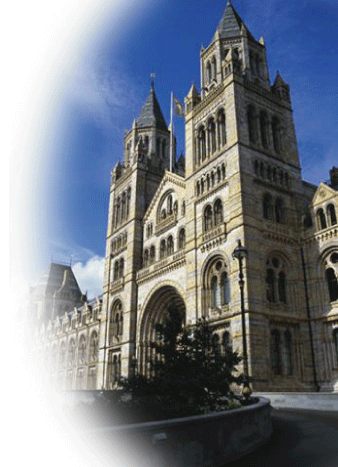OCTOBER 2007
Fostering Sustainable Growth on Campuses
By Marylouise Fennell and Scott D. Miller
IF THE 1970S WERE OFTEN FONDLY remembered as the "golden age" of higher education because of the surfeit of students generated by the postwar baby boom, the 1990s and opening years of the 21st century could be termed "a mini-golden age" due to "echo boomer" enrollments generated by their off spring.
Now, however, that cohort, the "Millennials," is being replaced with a much smaller demographic. The good news is that there is still time to plan, because the percentage of high school graduates entering college is projected to increase through 2014. However, it's estimated that in the next decades the number of students enrolled in U.S. colleges and universities will drop as secondary enrollment declines. How can our campuses respond?
The conventional wisdom is that admissions offices will have to work overtime to attract more students. We submit, however, that solutions need to go far beyond enrollment management and a plethora of student friendly-communications techniques to comprehensive strategic planning strategies.
An astute admissions dean recently remarked, "The ability to respond to the market is a better benchmark of the health of an institution than any short-term tactics." That statement resonated, because in our experience, sound, long-term strategic planning trumps reaction to changes in the marketplace any day.
So what have healthy institutions done to position themselves for the coming "bust" cycle in terms of domestic students? What can they do more of to prepare themselves for a whole host of challenges that we cannot necessarily predict today?
First, sustainable viability means long-term, planned growth, as opposed to just throwing buildings up. In the fever pitch of the "boom" cycle, some institutions have become so enamored of growth for its own sake that they have disregarded their missions while growing beyond what is reasonably sustainable. Having been built with little or no strategic planning, myriad student facilities may become white elephants when enrollment levels drop. The "If we build it, they will come" scenario works only in the movies; in real life, it is a recipe for financial disaster. Financially sustainable growth, on the other hand, plans for alternate use, such as building student residences with office condos in mind so that they can still generate income for the institution if the students are not there. It leases, rather than buys or builds, other needed new facilities. Sustainable viability demands remaining true to the university's core mission and values in growth strategies, recognizing that, ultimately, any institution that attempts to be all things to all students is destined to fail.
Next, sustainable viability means constantly evaluating and renewing the institutional product mix. Nationally, preprofessional programs in business, education, and nursing remain strong in demand, and as national environmental consciousness increases, we can expect environmental studies programs to do well. Many other institutions have developed special niches appropriate to their own unique market demands. Families are becoming much more savvy about our educational products and outcomes, and we must continually find new ways to communicate outcomes, value, and-above all-accountability. Nontraditional programs and, in a softening economy, graduate programs offer the opportunity for a healthy rate of growth without increasing expenditures on infrastructure.
Finally, sustainable viability requires scanning the environment-internationally, nationally, and regionally-for threats and opportunities. Proprietary education and distance learning, while they do represent a challenge to adult/nontraditional programs, are not the only clouds on the horizon. The cost of accelerating technology continues to outpace the resources of all but the best-endowed institutions. We also need to find ways to attract increasing numbers of home-schoolers. Further, access and affordability for first-generation students continue to be a challenge, as does finding ways to meet the demands of employers in a global marketplace.
We in higher education are more accountable and responsible to the larger community today than we have ever been.
Creative partnerships such as online consortia of distance learning with public agencies and private enterprise offer us the opportunity to fulfill new needs and expand our visibility without major capital investment.
Above all, balancing financial realities with sustainable growth requires astute, strategic, and visionary planning. While it is unlikely that we can grow at the same pace as we did in the 1990s, we can use "smart growth" strategies to remain sufficiently agile to adjust to market trends and large enough to deliver a strong educational product.
Marylouise Fennell is the former president of Carlow University (Pa.) and senior counsel for the Council of Independent Colleges. Scott D. Miller is the president of Wesley College (Del.).
Source: University Business, October 2007
|



